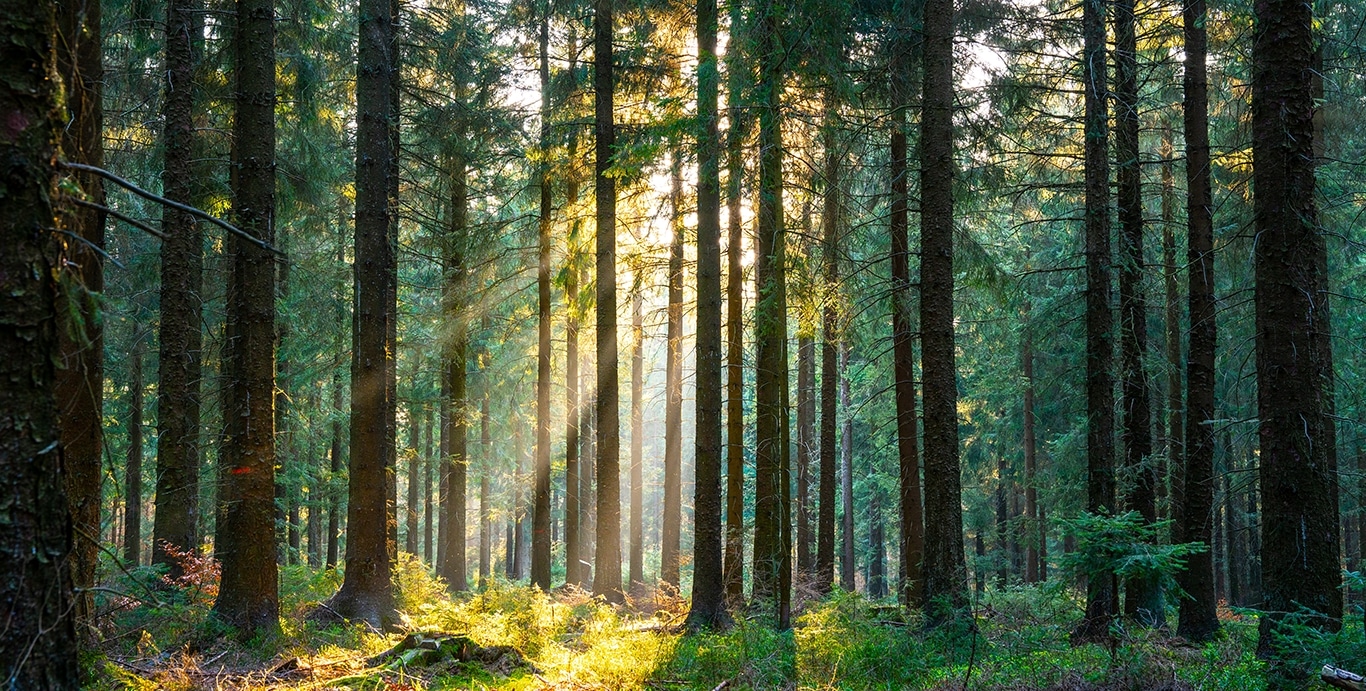Our pine and hardwood plantation thinning services utilize our vast experience in land and timber management services in Arkansas, Louisiana, and Mississippi.
With all of our timber management services, we work with you to formulate a plan that helps you meet your goals and maximize the value of the timber we harvest. Plus, it’s in line with sustainability practices.
Good Hope, Inc. contracts professional loggers with many years of experience to help you achieve the goals of your forest. Whether you’re maintaining a pine stand in a high elevation or a hardwood plantation that’s inaccessible by land, we’re confident we have the capabilities to meet your needs.
Why You Should Thin Timber Stands
- Promotes a healthy forest – Manually thinning timber stands, such as pine and hardwood, is vital to a healthy forest. Failure to thin a forest can lead to stunted growth and many trees dying from southern pine beetles, malnutrition, or fire.
- Helps young trees grow – A dense forest also creates growth obstacles for younger trees. A thick canopy prevents adequate amounts of light from reaching adolescents. Plus, close timber proximity creates undesirable competition for water and ground nutrients, resulting in growth limitations or even the death of trees.
- Decreases overall risk – A high concentration of trees also increases the number that would be affected by harmful beetles and fires should they occur. These common scenarios render the timber effectively worthless.
- Promotes wildlife diversity – Forests with specific amounts of tree coverage provide food and shelter for certain animals. For example, wild turkeys, rabbits, and deer benefit from a thinner timber stand. It helps grow food sources they rely on, while still offering protection from prey.
What Does Timber Thinning Involve?
In short, a lot. But getting down to the basics, timber thinning starts with a site visit.
Our team will make an initial trip to your property to create a plan for thinning your standing timber. We’ll figure out which trees need to be cut down and decide what to do with any timber we cut down.
After a timeline is agreed upon, we will come back with our equipment and get to work! The nitty gritty details of tree thinning are dependent on the type of tree, your vision for the standing timber, and the overall health and age of the trees.
For example, if you want to promote tree growth, we will remove the trees we deem necessary to promote the growth of the best ones. On the other hand, if your stand isn’t too crowded, we’ll work on thinning necessary areas to keep all existing trees healthy and valuable.
When to Thin Standing Timber
Now that we have established why timber thinning is necessary for the health of forests, it’s important to know when thinning should be done. Basal area is one of the most common calculations used for thinning timber.
Basal Area: Basal area represents the amount of land taken up by tree stems. Calculating basal area gives you the square footage of standing timber per acre. Learn more about the calculation method and recommended square feet of timber per acre.
While basal area is the most common, there are a few other calculations our forestry management team conducts include:
- Merchantable Height
- Potential log grade
- Trees per acre
Pine & Hardwood Plantation Thinning Services
We provide plantation thinning services throughout Arkansas, Louisiana, and Mississippi! Find your local forester today or give us a call at 601-442-9888 to keep your timber healthy and valuable.
Find your forester
